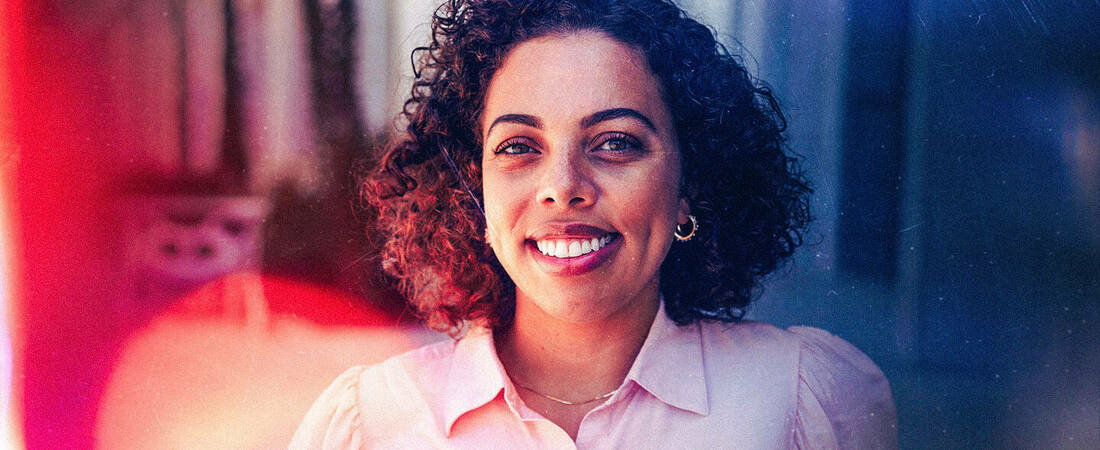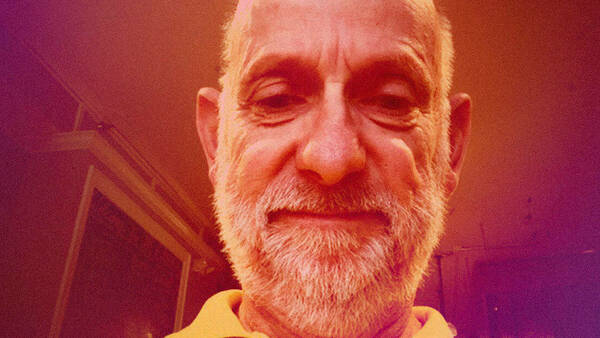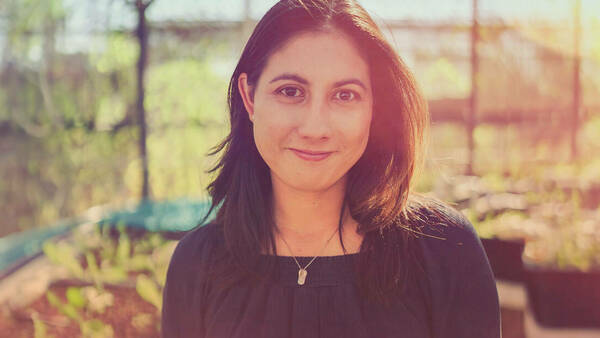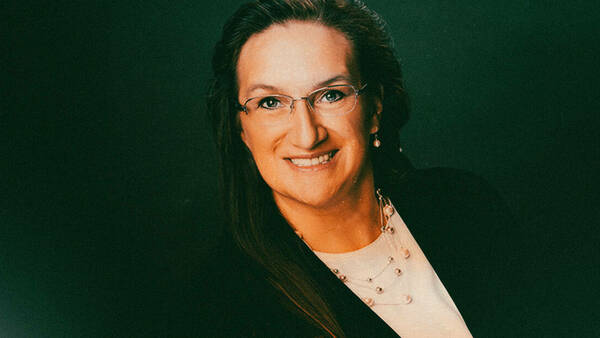Recently, Rachel Wallace ’17 looked back at her high school resume and college essays. At 17, she dreamed of becoming a biomedical engineer and making medical devices. With that in mind, she had applied to colleges close to home on the West Coast with a niche in engineering.
Little did Wallace know that she would end up attending Notre Dame — a school far from her Las Vegas hometown — and that her future career would involve drafting anti-carceral legislation, not engineering.
It was an off-campus, community-centered Notre Dame course through the Center for Social Concerns that first opened Wallace up to a path she didn’t imagine. The Inside Out course allowed Wallace to visit the Westville Correctional Facility in Indiana each week to learn alongside incarcerated individuals. The “outside” students at Notre Dame meet with “inside” students in the prison to analyze texts, share experiences, and reflect on course themes.
This early formative experience during Wallace’s time at Notre Dame would form the cornerstone of her work today as the Interim Deputy Director at the Policy Advocacy Clinic at the University of California, Berkeley.
“I certainly think I always had an interest in the incarcerated population, mainly from the Inside Out course at Notre Dame,” Wallace said. “Being able to go in the facility and take classes with them and learn from them — now, in my current work, we also learn a lot from people who are directly impacted by these issues and that's something that I learned through Inside Out.”
Wallace wasted no time further immersing herself in extracurriculars centered on diversity and racial equity issues on campus, including Shades of Ebony, National Society of Black Engineers, Diversity Council, Student Government, and College Democrats (to name a few). An environmental engineering and philosophy dual degree student under the Reilly Dual Degree Program at Notre Dame, Wallace still managed to get involved in the South Bend community as well, attending rallies and community dinners, and volunteering on a few local and state campaigns.
“I learned a lot in the classroom, but I also learned a lot from people in the [South Bend] community … what their priorities are,” Wallace said.
Both her classroom and community experience on and off campus inspired Wallace to continue working on issues of equity and economic inequality in her future career. After graduation, Wallace spent a year working in Undergraduate Admissions at Notre Dame, learning more about the barriers underrepresented students face on the path towards higher education. With hopes of further studying these educational policy issues, she enrolled in UC Berkeley’s Goldman School of Public Policy.
Once at Berkeley, however, Wallace found herself involved in more carceral justice and voting rights work than educational policy initiatives — reminding her of the Inside Out course. During her second year of graduate school, she began working at the Policy Advocacy Clinic — an interdisciplinary clinic where law and public policy students team up to take on systemic racial and economic justice.
Wallace instantly “loved it.” While the clinic helps coalitions advance legislation, it also has a clear teaching mission. Though she wasn’t planning on working as a policy advocate or even being an academic after graduation, an opportunity opened up for her to teach in the clinic in 2020.
Wallace has worked at the Policy Advocacy Clinic ever since — first as a teaching fellow and clinical supervisor, and most recently as the interim deputy director. Wallace helps students learn data analysis, draft material for legislation, lobby, prepare deliverables, and other technical skills. The students, Wallace notes, are integral to moving forward campaigns for nine months out of the year.
Recently, Wallace and students have worked on a bill that would end youth restitution, replacing it with a publicly funded victim compensation program and community service and educational programs. She enjoys this balance of directly reducing harm in the community, while also educating the future generation of policy advocates.
“Not only am I doing the work on a day-to-day basis, we’re also expanding the funnel of people to do that work in the future,” Wallace said.
One of Wallace’s short-term goals is to make a tangible difference in the lives of people affected by the system on a daily basis. In her experience, Wallace notes that most people — and young people in particular — lack basic needs: housing, mental health support, healthy food options, financial stability, community investment, and after-school programs.
“Because of that, young people turn to violence or crime. … They often say, ‘if our needs were being met, it wouldn’t have felt necessary to turn to something to meet those needs,’” Wallace said.
For Wallace, an important piece in constructing solutions is actually listening to community members voice their needs. Though she and the students can “brainstorm all day,” without the lived experience, they may not be able to fully understand the complexities of the issues. Hearing firsthand from those most affected by the clinic’s initiatives, therefore, is key.
“Probably my favorite part of my job right now is being on calls or meetings with people who have been in the system and are saying this is actually what I need and this is actually what would have made this a more restorative process for me,” Wallace said.
In the future, Wallace hopes to help break cycles of debt for those who are incarcerated and end the racial wealth gap — transforming the prison industrial complex at large. She believes in creativity to find solutions and replacing these systems with a more restorative, healing approach for everyone involved. Wallace has found that a lot of that initial innovation and ideation for solutions comes from young people in the community who are living this daily.
“A lot of times politicians or media are grappling for answers … but no one asks youth. When you’re able to actually ask them and hear what they need, it’s inspiring and often not that hard to meet those needs,” Wallace said. “I think it’s our responsibility as a community to meet young people’s needs. They’re our youth, they’re our children. … I think as a society if we invest in youth, we wouldn’t see what we’re seeing now with young people committing crimes and turning to violence out of scarcity.”
Wallace hopes to be involved in the long-term work of imagining these solutions for a while, though she never thought she’d ever be drafting anti-carceral legislation as a job. She remains grateful to College of Engineering assistant dean for undergraduate programs Leo McWilliams ’81, M.S. ’85, ’93 Ph.D., who sat down with Wallace and her mother during the Reilly Spring Visit Program her senior year of high school to talk through the benefits of the dual-degree program and encouraged her to also pursue her interests in the humanities. It was Dr. McWilliams’ intentionality and belief in her that helped Wallace make the leap to attend Notre Dame.
“I was not the person who grew up in a Notre Dame cheerleading uniform,” Wallace said. “I came into Notre Dame wanting to study chemical engineering. That’s not what I graduated with or what I’m doing now. … I didn’t even know this field existed,” Wallace said.
Now, Wallace encourages current Notre Dame students to seek out mentors and make space for the advice of people who believe in you, just as she did with Dr. McWilliams. She also urges students to get off campus and get to know South Bend. If Wallace hadn’t taken the initiative to get involved outside of her chemical engineering courses and integrate herself into the South Bend community, she may have never known that she had a passion for racial and economic justice. Wallace hopes Notre Dame students make similar leaps of faith to discover what they don’t know about themselves.
“Don’t be afraid to pivot … Be open to what is in front of you and don’t be so fixated on what you want to do,” she said. “That’s not to say to not have a goal, but it’s just to say that sometimes things happen in life that show you a different path and you might want to be courageous enough to take it because it might show you something you’re better suited for or more aligned with your goals, or open up a goal you didn’t initially have.”



